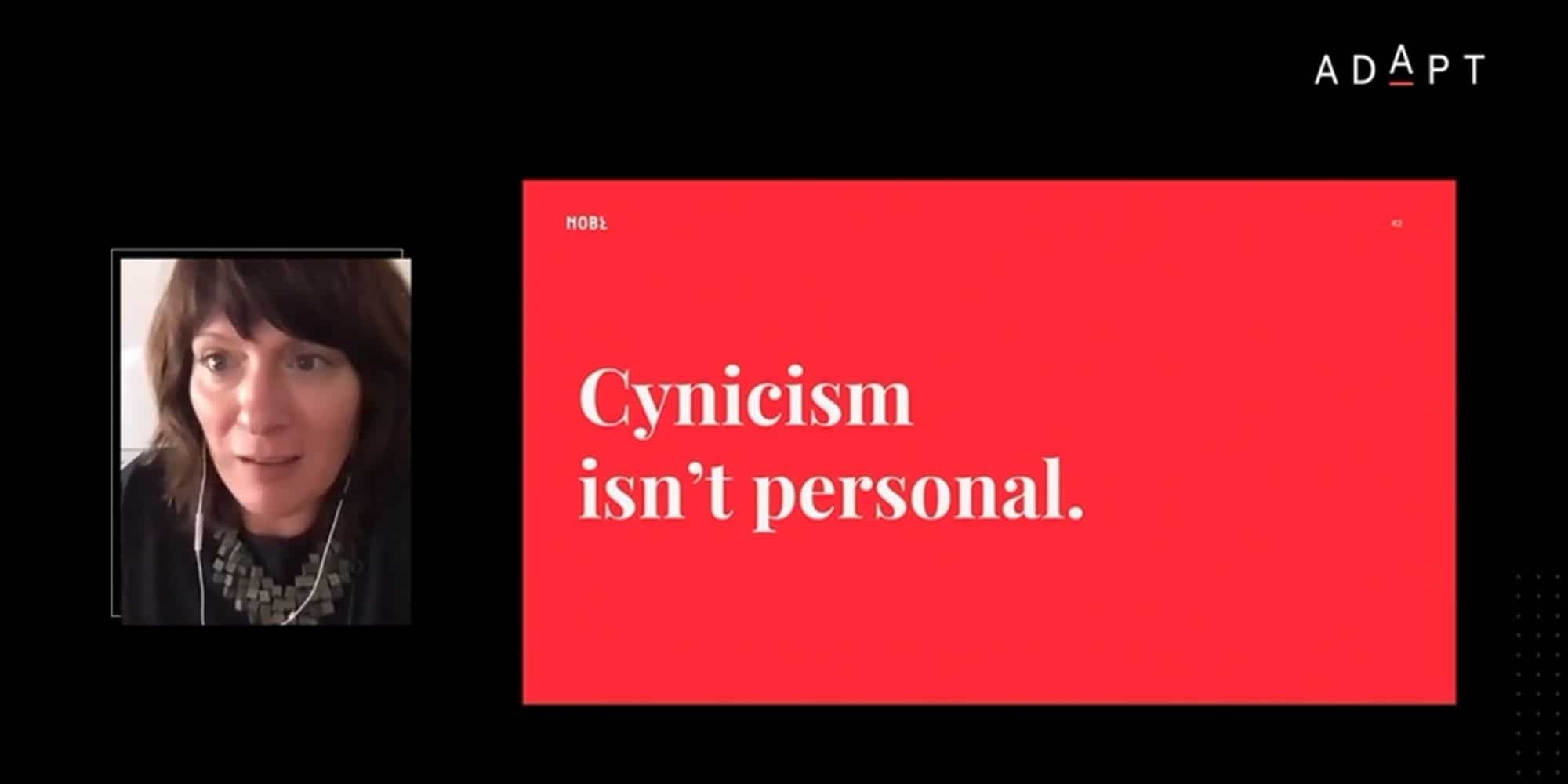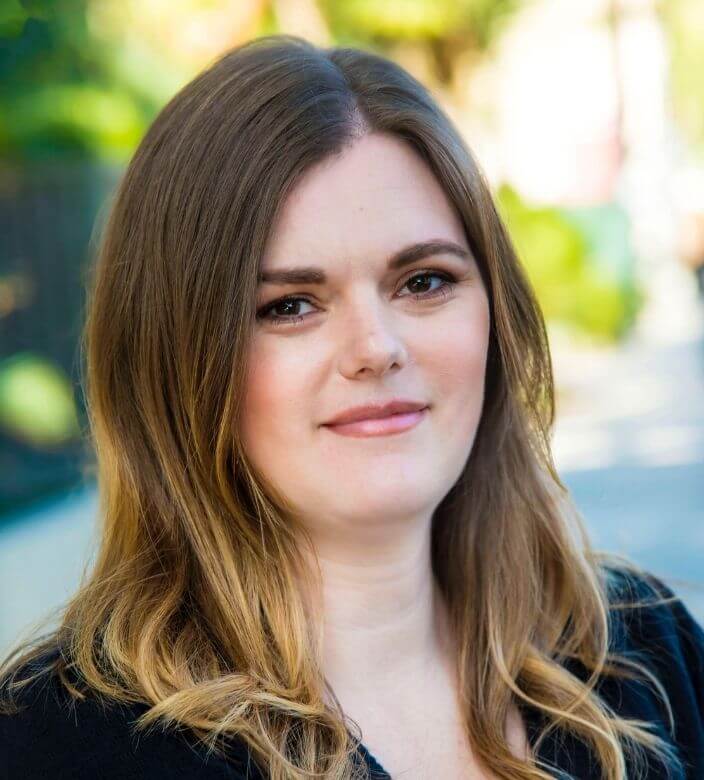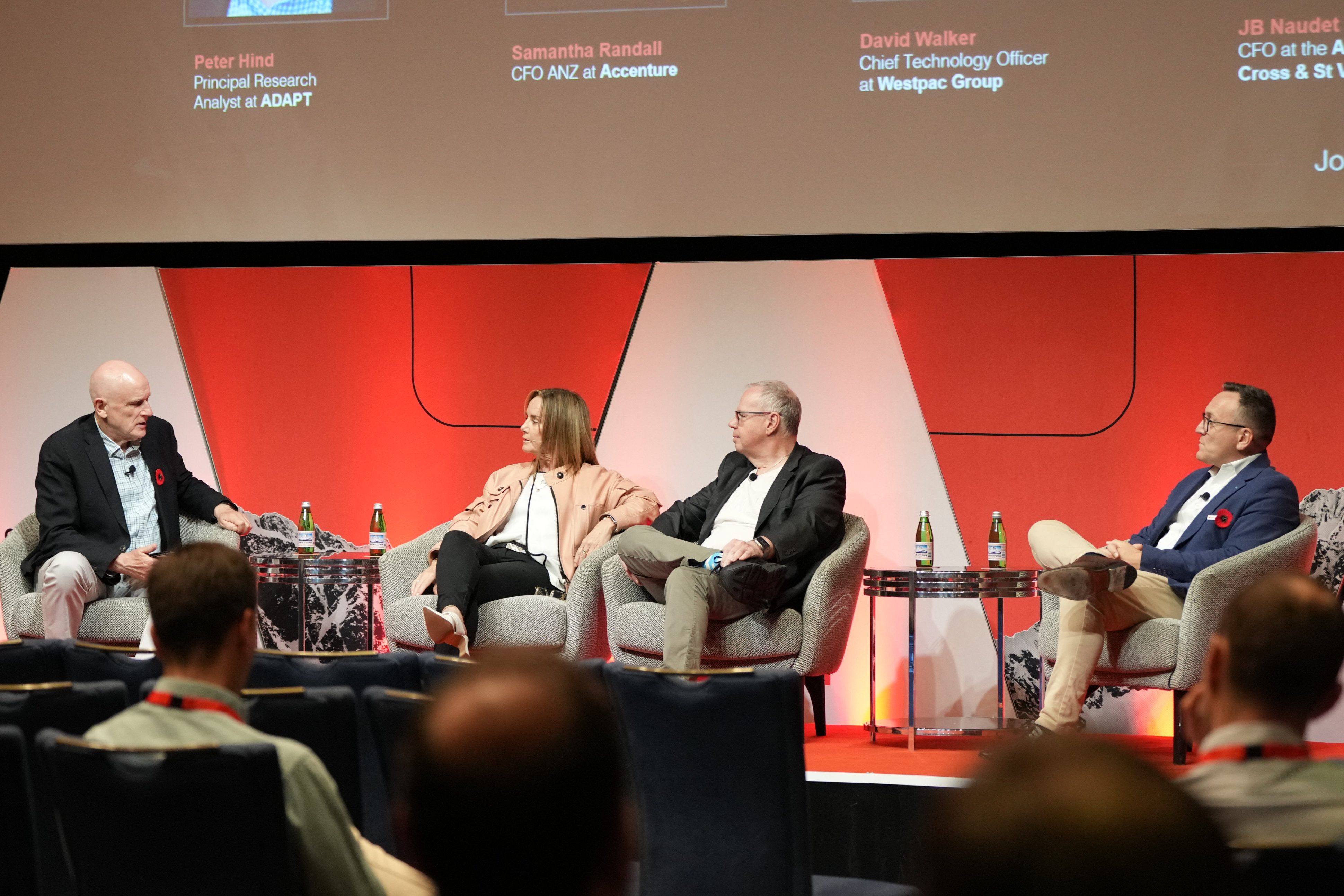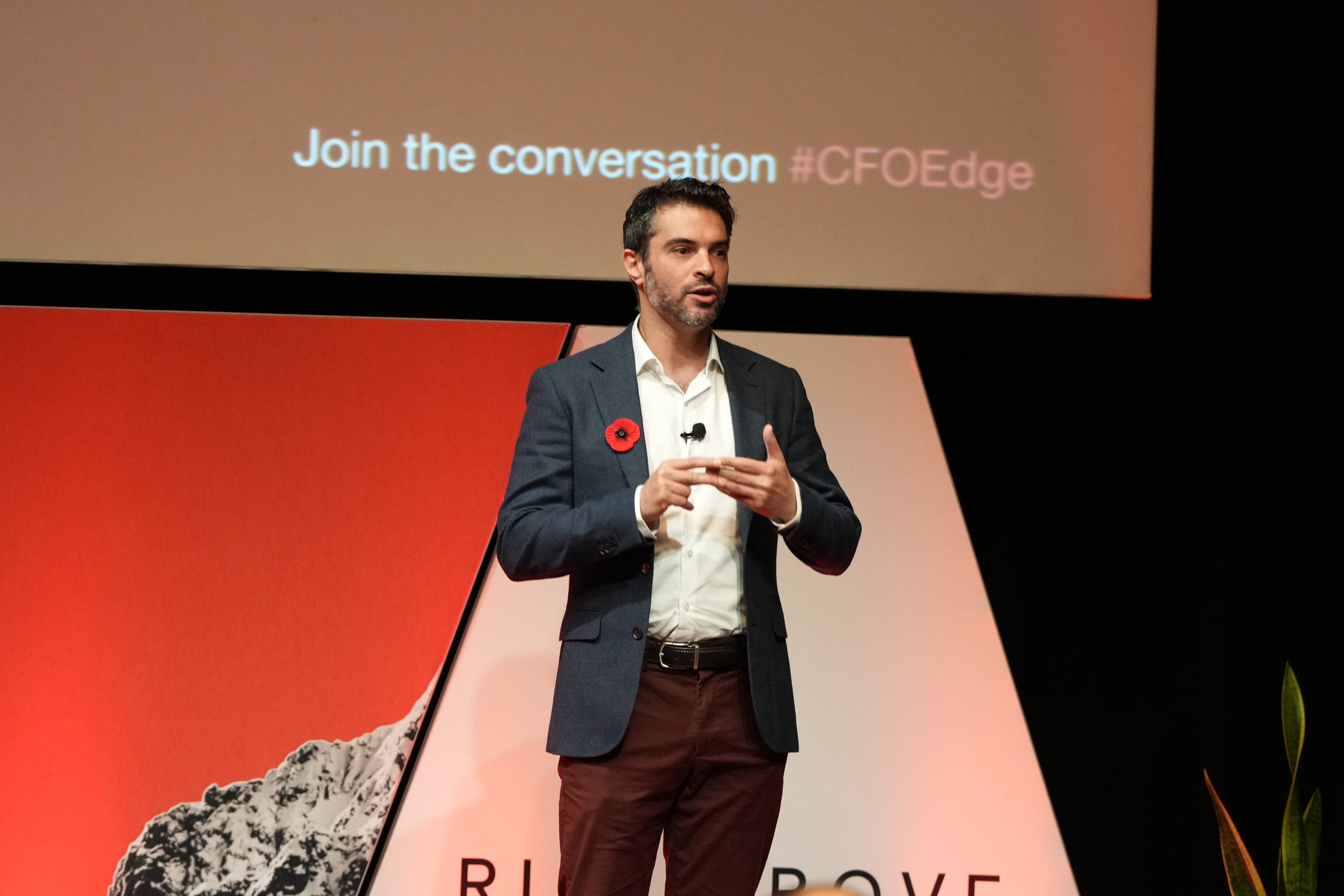Australia and New Zealand’s CIOs – shedding traditional perceptions as siloed technology solutions experts – are emerging as the enterprise champions of new, digital-first ways of working.
At ADAPT’s CIO Edge recent data shows that the region’s technology leaders spearheaded crisis-response initiatives throughout 2020, with some 80% of local CIOs perceived as strategic partners to other C-Level peers.
And as firms pursue user-centred digital delivery, IT leaders are emerging as crucial changemakers.
To unlock the full presentation video and access an entire catalogue of ADAPT’s expert presentations, localised research, case studies, downloadable data and community interviews, speak with a Senior Research Consultant today.
Embed Continuous Communication as the Foundation for Connected Conversation
The check-in can act as a catalyst to convey that sense of safety, fundamentally allowing:
- cognitive offloading of unfinished tasks, enabling team members to focus and be present
- avoidance of miscommunication by incorporating personal and organisation contexts
- contributions to be primed by eliciting early inputs from all participants.
“Even though change may make sense for a million reasons, there will still be beauty and function in the old ways of working,” cautioned Chung.
So, a check-in increases psychological safety, encourages an equity of voices, and creates a culture where innovation can thrive.”
The need for open communications to connect an increasingly remote workforce into the mission of the mothership is among the many second-order crisis-response effects observed throughout 2020.
Remote workforces are forecast to average 43% post-pandemic, up from pre-crisis norms of 12%.

Leading technology executives recognise the imperative to connect the virtual workforce into programs of change through continuous communications: fully 55% of those surveyed for ADAPT’s COVID-19 research identify this as crucial for building employee resilience.
And developing an effective communications strategy relies on understanding the why, how, and when to communicate with the organisation’s change champions, fence-sitters, and cynics.
First, consider ‘the why’ of your communications strategy.
According to the NOBL Collective, this boils down to: “Purpose, painting a picture, planning, part to play, and a question” in essence by:
- articulating the purpose of the change in terms of the company’s mission
- painting a picture of success that evokes the crucial end-user benefits
- planning the journey from the as-is state through to the realisation of to-be outcomes
- enumerating the parts that others can play to enable the program of change
- questioning areas of uncertainty: displaying fallibility to illustrate your authenticity.
Second, think about how you will communicate with the three organisational personae.
When it comes to change, champions – either within your team or in the organisation at large – seek to empower them.
By contrast, as fence-sitters seek to follow the consensus and often observe whether others are predominantly leaning in favour or against the change, leaders should seek to influence them along the change journey directly supported by others’ advocacy.
And – in the case of cynics – the advice is to take care.
“Be strategic with cynics: neither logic nor enthusiasm will convert them,” warns Dickinson.
And although not all need conversion, small wins matter. Ask what they want – and give it to them.”
Third, frequently updating stakeholders is crucial.
Although there can be a temptation to hold out for a big reveal at major milestones potentially months apart, this ‘out of sight, out of mind’ approach risks losing stakeholders’ buy-in.
When communicating any organisational transformation, it is better to be a dolphin than a whale. Frequently surfacing to talk about a little bit of the change program is preferable over trying to make a big splash all at once.”
To unlock the full presentation video and access an entire catalogue of ADAPT’s expert presentations, localised research, case studies, downloadable data and community interviews, speak with a Senior Research Consultant today.































